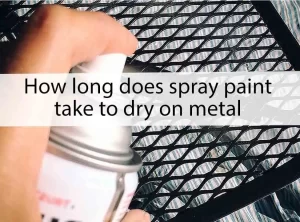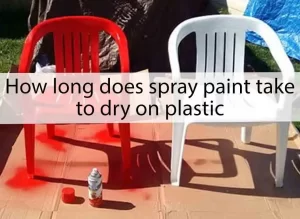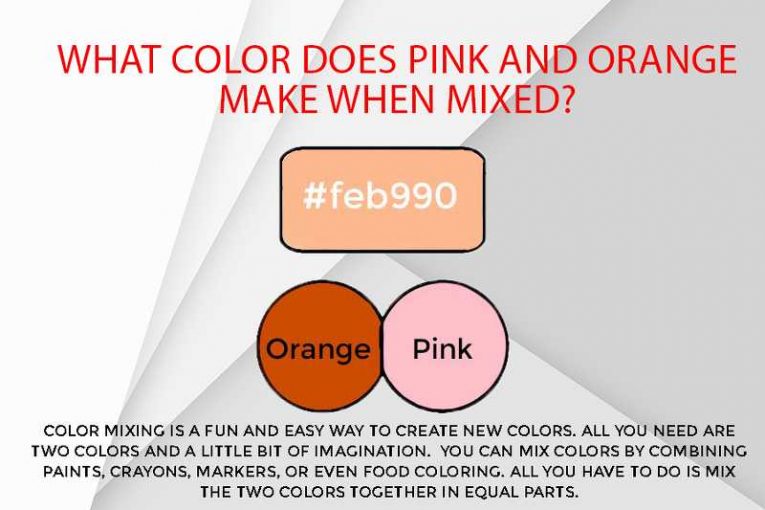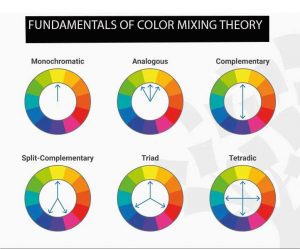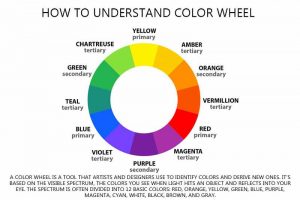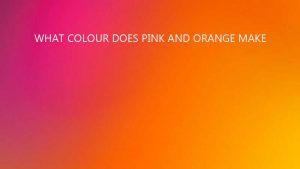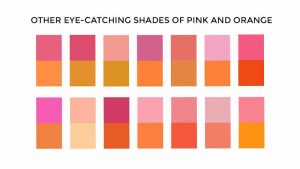Many people enjoy the look of wood furniture, but sometimes it can be challenging to find the right piece. If you’re considering painting your wood furniture, you may wonder: Can Metallic Paint Be Used On Wood?. The good news is that you can use metal paint on wood!
Metallic paint can give wood a unique, shimmering look that is perfect for accents or even entire furniture pieces. When applied correctly, metal paint can add a touch of luxury to any room. However, before using metal paint on your wood surfaces, it is essential to understand how to apply it properly and what type of surface it works best on.
What Is Metallic Paint Used For?
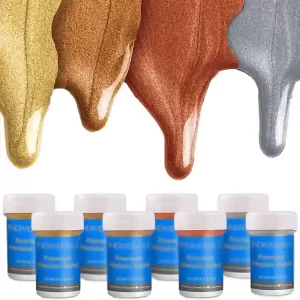
Some common uses for metallic paint include:
Adding a touch of luxury to a room: Metallic paint can add a touch of luxury to any room. When applied correctly, metallic paint can give wood a sleek, shimmering look that is perfect for accents or even entire furniture pieces.
Creating an industrial look: Metallic paint can also be used to create an industrial look. When used on metal surfaces, metal paint can give the surface a distressed look that is perfect for creating an industrial feel.
Adding dimension to a surface: Metal paint can also be used to add dimension to any surface. When applied correctly, metal paint can give wood a three-dimensional look that is perfect for accent pieces or even entire furniture pieces.
Can We Use Metallic Paint On Wood?
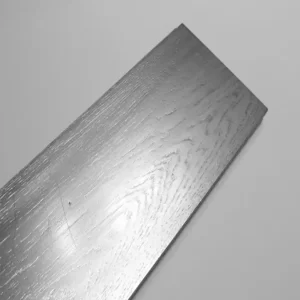
Metallic paint can give wood a beautiful, shiny finish that makes it stand out. It’s perfect for adding a touch of luxury to furniture or for creating an elegant accent wall. However, before you start painting, it’s essential to understand how to use metallic paint properly.
How To Paint Furniture With Metallic Paint?
Here are a few tips to help you get the best results.
1. Choose the right type of paint:
There are specially made metallic paints that are designed for use on wood. These paints have a higher concentration of metal flakes, which gives them a more intense finish. They also tend to be thicker than regular paint, providing better coverage.
2. Prepare the surface:
Metallic paint can be pretty unforgiving, so it’s essential to ensure the surface is smooth and free of any imperfections. Sand the wood lightly with fine-grit sandpaper and wipe away any dust before you start painting.
3. Use a primer:
A good quality primer will help the metal paint to adhere to the surface and will also prevent any dark colors from bleeding through.
4. Paint in thin coats:
It’s better to build up the color slowly by applying several thin coats rather than trying to get it all in one go. This will help to avoid any streaks or brush marks.
5. Finish with a sealer:
A clear sealer will help to protect the finish and keep it looking its best.
With these tips in mind, you’ll be able to achieve a beautiful, professional-looking finish when using metallic paint on wood.
What are the benefits of using metallic paint?
Metallic paint has several benefits that make it an excellent choice for various projects. Some of the benefits of using metal paint include:
- Metallic paint can give surfaces a unique look: Metallic paint can give surfaces a unique look that is perfect for accent pieces or even entire furniture pieces.
- Metallic paint can add dimension to any surface: Metallic paint can also be used to add dimension to any surface. When applied correctly, metallic paint can give wood a three-dimensional look that is perfect for accent pieces or even entire furniture pieces.
- Metallic paint is easy to apply: Metal paint is also easy to apply. When applying metallic paint, it is essential to use a brush with synthetic bristles so that the paint does not absorb into the wood.
- Metallic paint is durable: Metallic paint is also durable. When applied correctly, metal paint can last for years without chipping or peeling.
- Metallic paint is easy to clean: Metal paint is also easy to clean. When applied correctly, You can easily clean metallic paint with a damp cloth.
What are the Disadvantages Of Using Metal Paint?
Metal paint has a few disadvantages that You should consider before using it on a project. Some of the disadvantages of using metallic paint include:
- Metallic paint can be toxic: Metal paint can also be toxic. When using metallic paint, it is essential to wear a mask and gloves to protect yourself from the fumes.
- Metallic paint can be flammable: Metallic paint can also be flammable. When using metal paint, it is essential to keep the area well-ventilated, so the fumes do not build up and catch fire.
- Metallic paint can be difficult to remove: Metallic paint can also be challenging to remove. When using metallic paint, it is essential to use a primer so that the paint will adhere properly to the surface.
- Metallic paint can be expensive: Metallic paint can also be costly. When using metallic paint, it is important to compare prices to find the best deal.
What Type of Paint Goes Best on Wood?
Wood is a beautiful material that can be used in various ways, from furniture to floors. It’s also a popular choice for home decor and DIY projects. When it comes to painting wood, there are a few things you need to consider before you get started.
The type of paint you use is essential, as is the kind of wood. Different woods will accept paint differently, so it’s necessary to choose the right type of paint for the job.
Latex paint is a good choice for most woods, but specific types of paint are also made for wood. These paints adhere well to the surface and provide a durable finish.
Oil-based paints are another option, but they’re not as popular as latex paints. They’re more challenging to work with and have a strong odor. They’re also not as environmentally friendly as latex paints.
When it comes to metallic paint, there are a few things you need to keep in mind. Metallic paint can be tricky to work with, so it’s essential to choose the right type of paint for the job.
Latex-based metal paints are a good choice for most woods. These paints adhere well to the surface and provide a durable finish. Oil-based metal paints are another option, but they’re not as popular as latex paints. They’re more challenging to work with, and they have a strong odor. They’re also not as environmentally friendly as latex paints.
If you’re looking for a rustic look, consider using chalk paint. You can use chalk paint on a variety of surfaces, including wood. It’s a good choice if you want a distressed look.
What is the Difference Between Metallic Paint and Normal Paint?
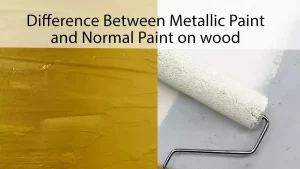
When considering whether or not to use metallic paint on wood, it is important to keep in mind that the effect will be determined by the type of metal used in the paint as well as the type of finish. For example, using gold paint on a light-colored wood will create a very different look than using silver paint on a dark-colored wood.
In general, metallic paint is best suited for use on smooth surfaces. If you plan to use it on a textured surface, such as a piece of furniture with carved details, you may want to test it on a small area first to see how the paint interacts with the texture.
When applied correctly, metallic paint can give wood a beautiful, unique finish. If you are unsure about how to use it, or if you are not sure if it will achieve the desired effect, read the above information carefully or consult with a professional painter. With a little bit of knowledge and effort, you can use metallic paint to create a one-of-a-kind look for your home.
The Challenges When Using Metallic Paint on Wood:
- If the wood is not smooth, the paint may not adhere properly and could chip or peel.
- Metal paint can be tricky to work with and may require multiple coats for even coverage.
- If you are not careful, the paint can drip and create an uneven finish.
- Metallic paint can be challenging to remove if you decide you don’t like the look.
- The paint may also show fingerprints or smudges more quickly than regular paint.
Despite the challenges, metal paint can be a great way to add visual interest to wood surfaces. If you are patient and take your time, you can achieve a beautiful, unique finish. With a little bit of effort, you can use metallic paint to create a one-of-a-kind.
Frequently Asked Questions:
What paint will stick to wood?
Most paints will adhere to wood, but there are specific types of paint designed for use on this surface. These paints are designed to provide a durable finish and good coverage.
Is paint for wood and metal the same?
No, paint for wood and metal are not the same. Paint for metal is designed to adhere to this surface and provide a durable finish. Paint for wood is also designed to adhere well and provide a durable finish, but it may be a different formula than paint for metal.
Can automotive paint be used on wood?
Yes, You can use automotive paint on wood. However, it is essential to note that this type of paint is not designed for use on this surface. It may not adhere well and could chip or peel.
What is metallic finish paint?
Metallic finish paint is a type of paint that contains finely ground metal flakes. You can use this paint to create a variety of different finishes, ranging from ultra-glossy to matte. It is also very durable and can withstand heavy wear and tear
Can I use metallic spray paint on wood?
Yes, you can use metallic spray paint on wood. However, it is essential to note that this paint will not adhere well to bare wood. You will need to prime the surface first with a primer designed for use with metallic paint.
Can you use Rustoleum metallic on wood?
Yes, you can use Rustoleum metallic on wood. This type of paint is very durable and will provide a beautiful finish. The only downside is that it can be difficult to apply evenly. It is essential to take your time and use a light hand when applying this type of paint.
Can you make wood look like chrome?
Yes, you can make wood look like chrome. You can use metallic paint to create various finishes, including a high-gloss finish that mimics the look of chrome. This type of paint is also very durable and can withstand heavy wear and tear.
Conclusion:
Yes, you can use metallic paint on wood. However, it’s essential to take into account the type of paint you’re using, as well as the type of wood you’re working with. With the proper preparation and execution, painting metallic colors on timber can add a beautiful touch to any project. Thanks for reading!

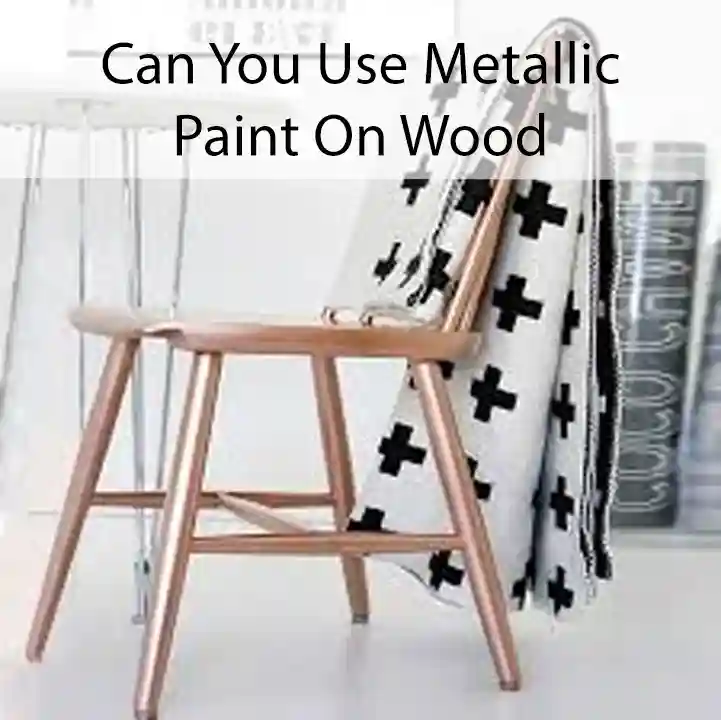
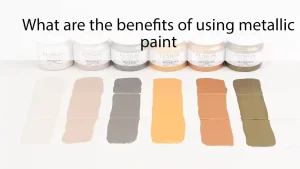
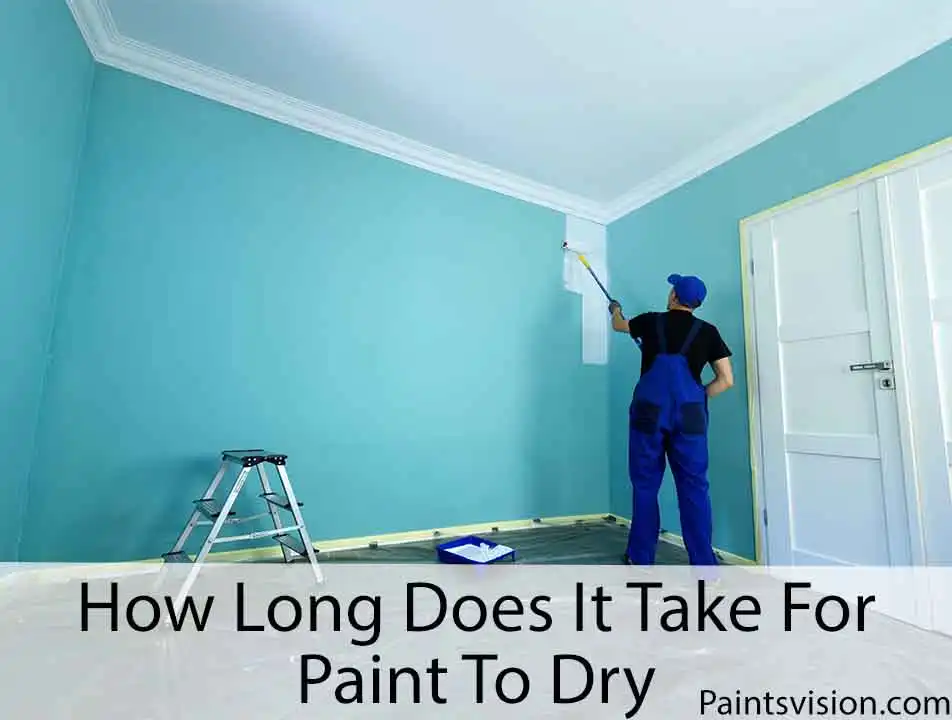
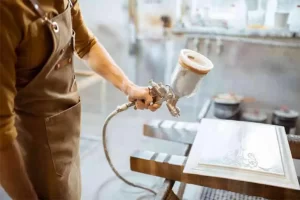 It is generally advised to wait 24 hours between coats of spray paint. If you are painting in a humid environment, it may take longer for the paint for drying. However, if you are using high-quality paint, it may only take 6-8 hours for the paint for drying completely.
It is generally advised to wait 24 hours between coats of spray paint. If you are painting in a humid environment, it may take longer for the paint for drying. However, if you are using high-quality paint, it may only take 6-8 hours for the paint for drying completely.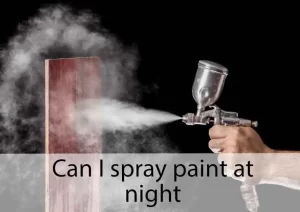 Yes, you can spray paint at night. However, you need to be aware of the conditions. If it is too cold, the paint will not dry properly. If it is too hot, the paint will dry too quickly and may not adhere to the surface correctly.
Yes, you can spray paint at night. However, you need to be aware of the conditions. If it is too cold, the paint will not dry properly. If it is too hot, the paint will dry too quickly and may not adhere to the surface correctly.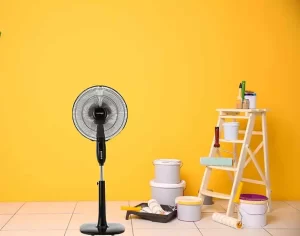 There are a few ways you
There are a few ways you 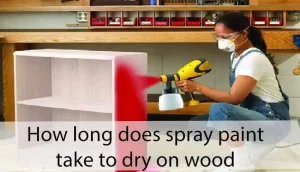 For wood, the drying time of spray paint is usually between 30 minutes to an hour. However, it is always best to wait 24 hours before using or moving the item.
For wood, the drying time of spray paint is usually between 30 minutes to an hour. However, it is always best to wait 24 hours before using or moving the item. 